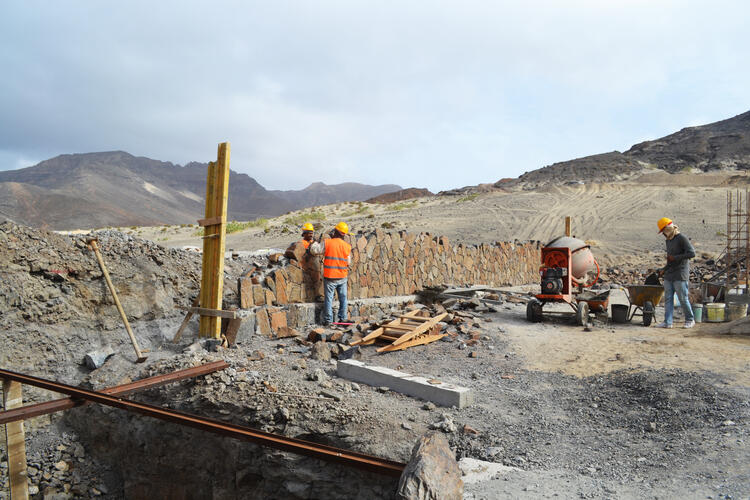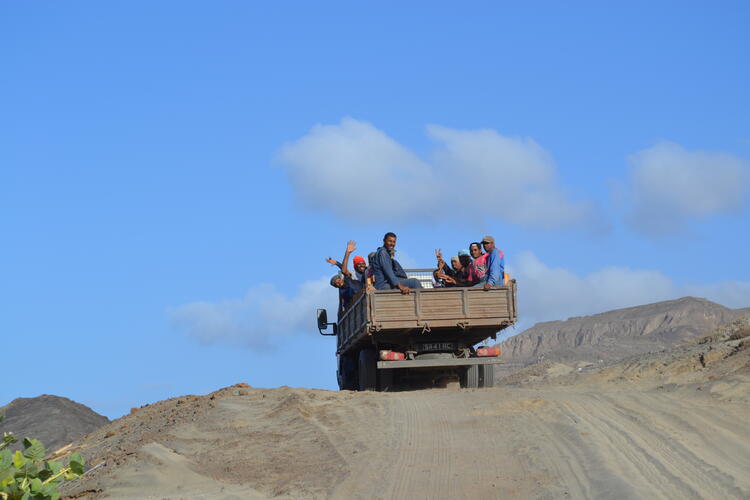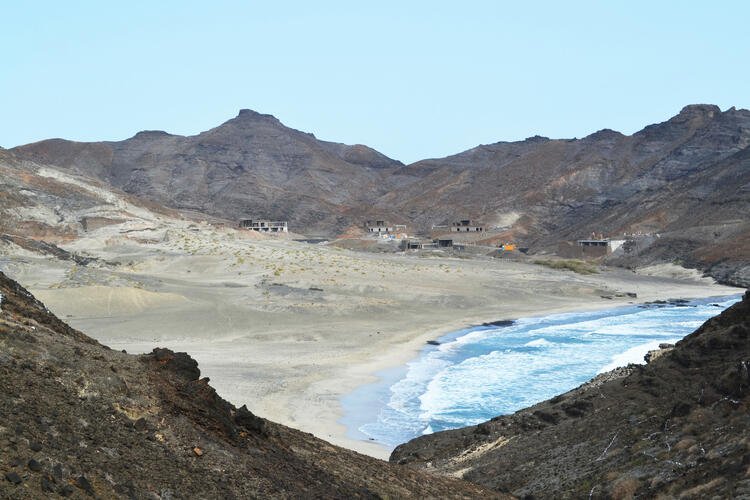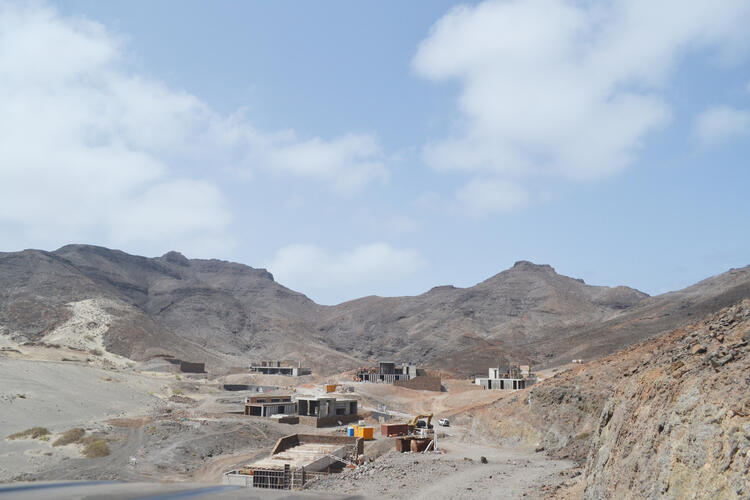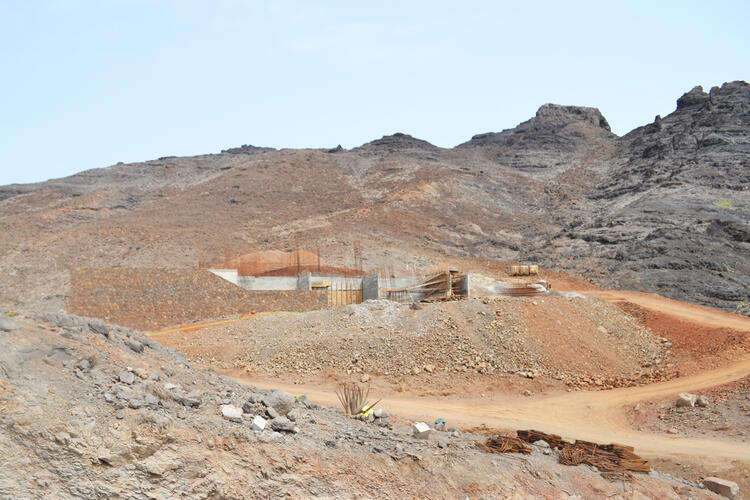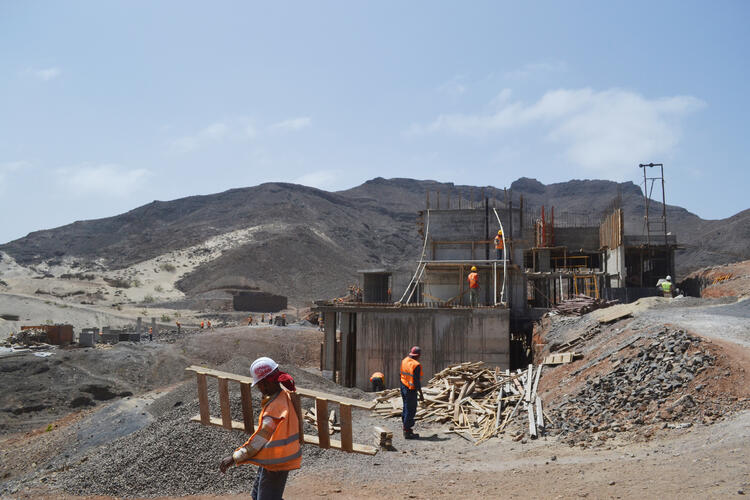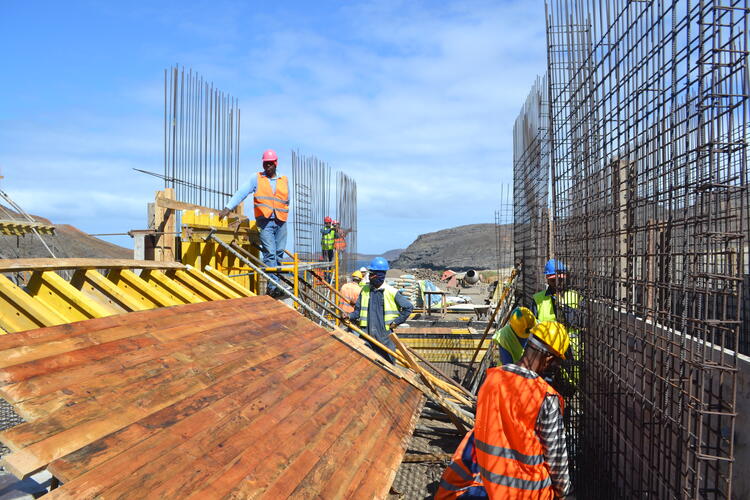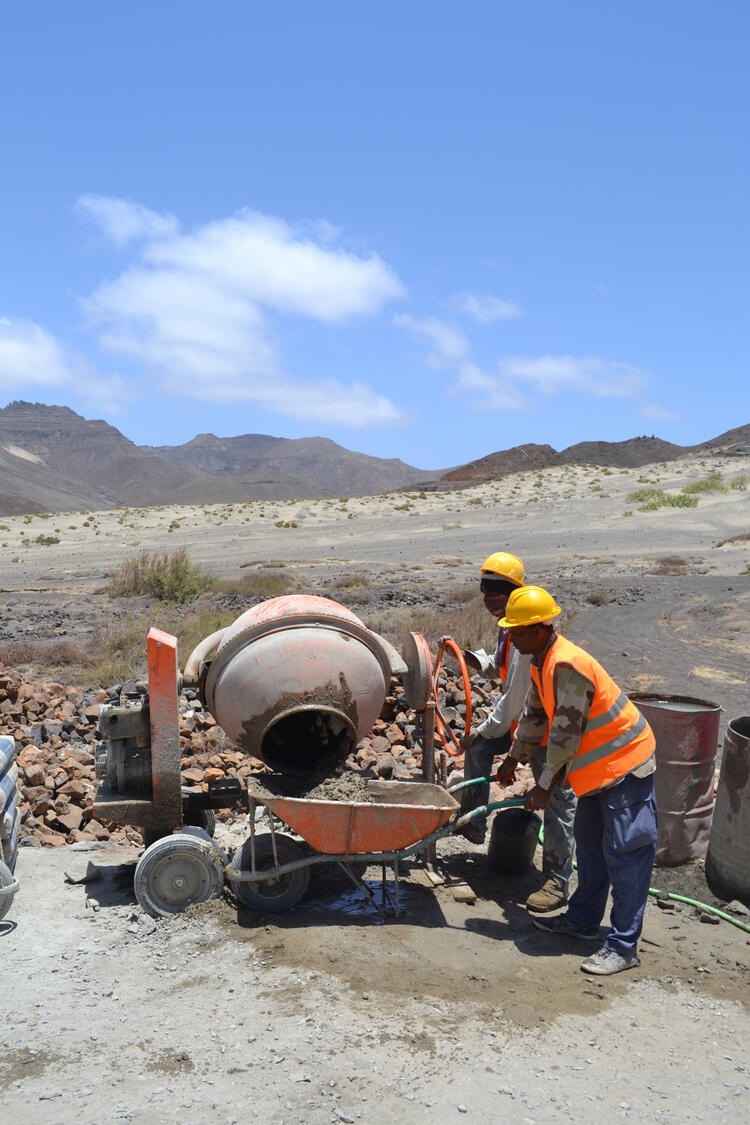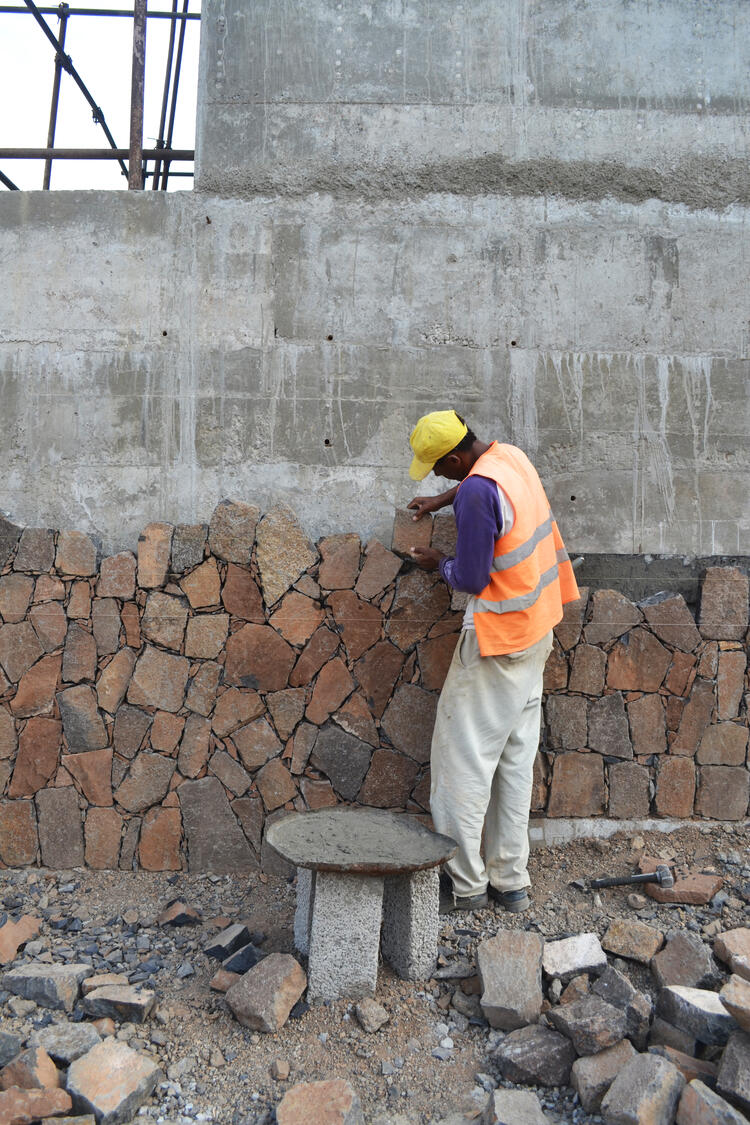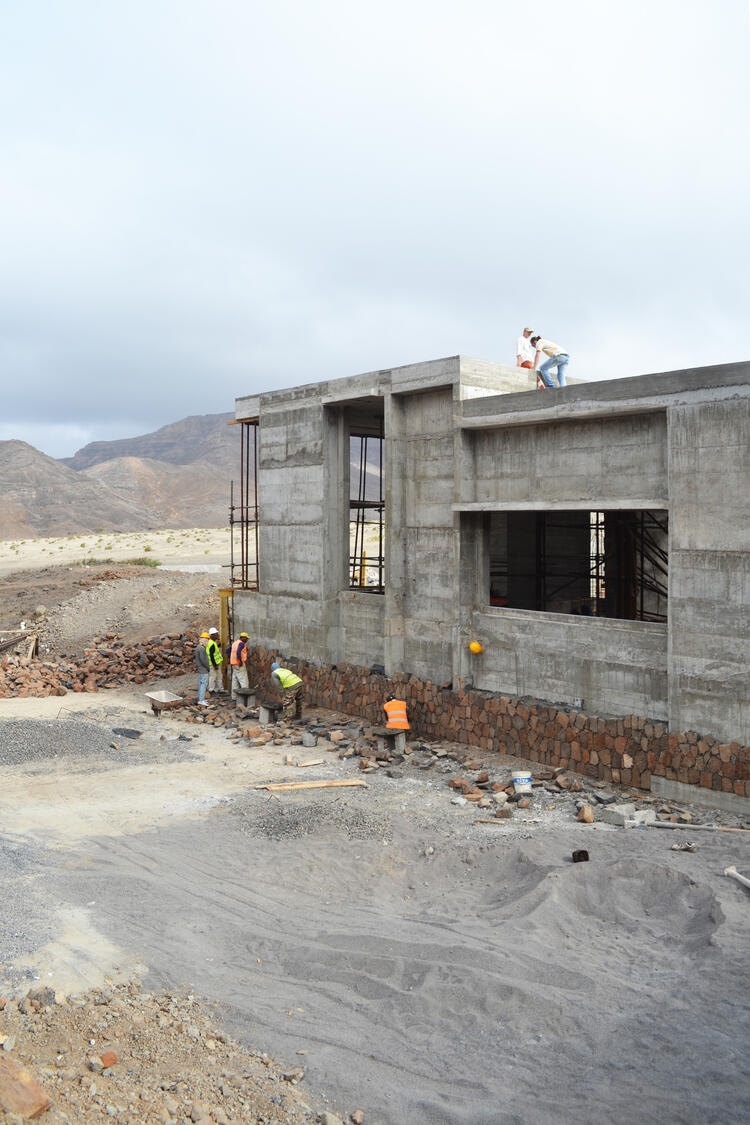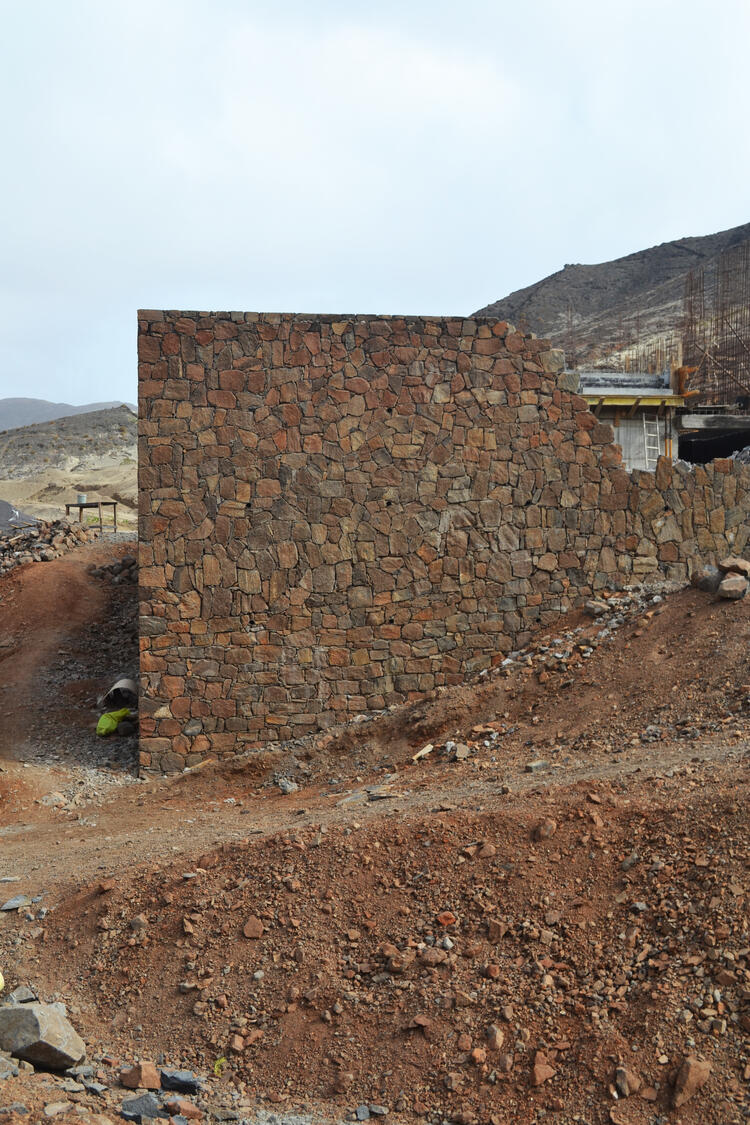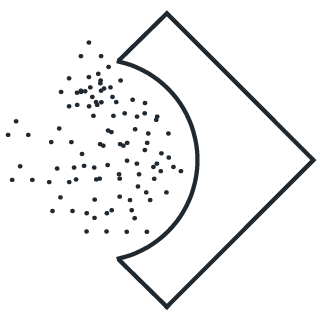Slow tourism safeguards natural assets
A project site on a tropical coast impresses with its otherworldly barrenness. It raises the question how to co-habit with nature in extreme surroundings and pay respect to its unique beauty. Following the principles of slow tourism, we want to devise a settlement strategy that allows respectful human habitation while safeguarding the unique landscape characteristics.
The archipelago of Cabo Verde is surrounded by the Atlantic Ocean on all sides. Lying in close proximity to sub-Saharan Africa, its climate is unusual due to prevailing winds and sea currents: it is dry and windy with relatively mild temperatures.
Baía de João d’Évora on the island of São Vicente showcases the typical arid coastal landscape in all its monochrome splendour. Browns, ochres and reds of steep hills fuse into white sandy beaches which contrast with the deep blue ocean in painterly fashion; only during the wet season the subtle tonal variations of the soil are complemented by dashes of green.
The development of sustainable tourism is an important issue in the context of Cabo Verde, a place uninhabited until the 15th century. As its territory has barely any arable land for agriculture, it has always been dependent on overseas links for its survival. Initially it was a stopover point in the Atlantic slave trade; as globalisation proliferated it developed into a commercial centre serving the major shipping routes.
These days the islands rely on tourism for much of their income. The country’s unique landscape is one of its few natural resources, yet commodifying it through rash development carries the risk of losing it all. Our stance attempts to negotiate this minefield and modestly propose a model for the development of slow tourism in Cabo Verde.
Strategic Withdrawal
A pre-existing masterplan for the bay tied the tourist resort to a classic structure of private villa parcels along an access road. The resulting fragmentation risks compromising the core qualities of this expansive landscape: its scale and continuity. To mitigate this effect we propose to limit human intervention to the footprint of the villa itself and contain the disruption within its walls. Outside of the house, the plot is left as untouched and wild as possible.
This way the borders between plots still exist on paper to determine ownership rights but remain imperceptible in reality. This strategy aims to give back from the private to the public sphere, in the belief that this spirit of generosity will benefit all. It is a paradigm shift that unlocks the site for low density habitation while keeping the bay accessible to all.
It is tempting to give in to the seductive notion of this desert-like site as a tabula rasa and carpet-bomb a new masterplan across the entire site. Instead we choose to insert the new houses into the landscape with surgical precision. In order to balance cut and fill their footprint adapts to the inclination of the slope. The relationship with the landscape’s topography translates into different villa typologies. Our ultimate goal is to preserve the character of this place, respect its inherent qualities and leave the unique ambience of its sublime desolation intact.
Giving Back
Our scheme represents an attempt to give back to the community by integrating tourist infrastructure and public amenities; by supplementing local building expertise with our international design experience; and by carefully fitting intriguing built additions into the sublime landscape We hope these elements represent the first steps towards a framework for a more sustainable tourism.
Our concept of a light touch urbanism becomes a guiding principle in the materialisation of the architecture. The villas are to become a discreet, natural presence enveloped into the surroundings. Sourcing the material locally, the building volumes resemble geometric extensions of the organic landscape. One can imagine these structures still standing as intriguingly sculptural ruins many centuries from now.
A close collaboration with local contractors proved crucial to realise this expressive materiality. Initially their capacity for modern building techniques was limited, yet this was compensated by a willingness to experiment and push the boundaries. The construction process became a process of teaching and learning. The buildings are the result of a continuous exchange between our professional expertise and the contractor’s practical knowhow.





















